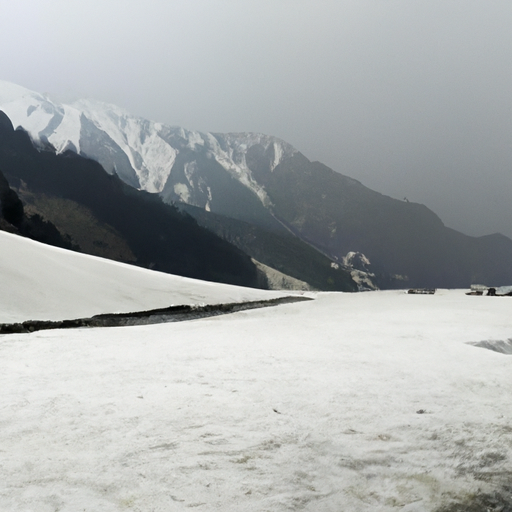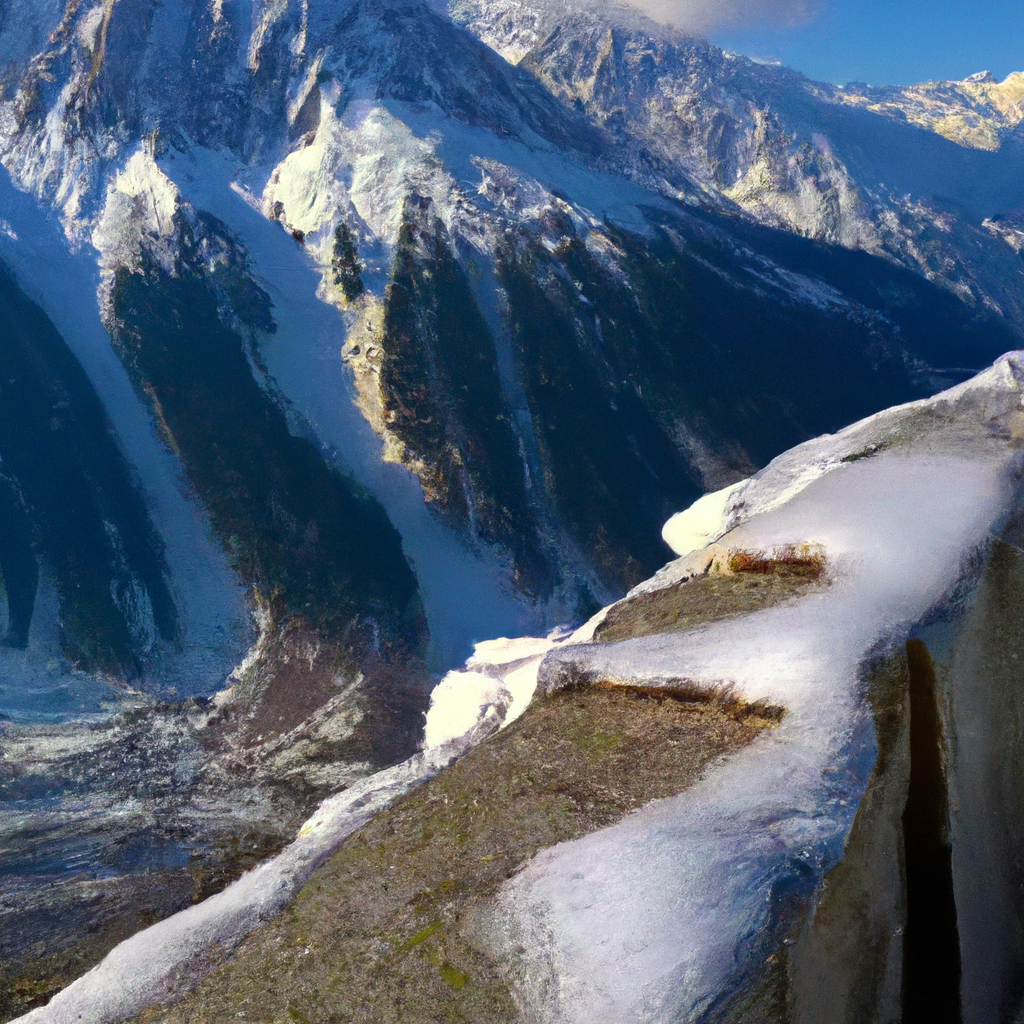-
Table of Contents
Ice in Kashmir: A Seasonal Phenomenon

Known as the “Paradise on Earth,” Kashmir is a region that boasts of its breathtaking landscapes, serene lakes, and lush green valleys. However, the beauty of this place is not confined to its greenery alone. The winter season, particularly the ice in Kashmir, is a spectacle to behold. But when exactly does this icy wonderland come to life? Let’s delve into the details.
Understanding the Climate of Kashmir
Before we pinpoint the month of ice in Kashmir, it’s crucial to understand the region’s climate. Kashmir experiences a temperate climate, with four distinct seasons: spring, summer, autumn, and winter. The winter season typically begins in late November and lasts until March. During this time, the region experiences heavy snowfall, transforming it into a winter wonderland.
The Month of Ice: January
While the winter season spans several months, the peak period of ice in Kashmir is in January. This month is characterized by sub-zero temperatures, often dropping to as low as -20 degrees Celsius in certain areas. The heavy snowfall during this time blankets the region in a thick layer of ice, creating a mesmerizing white landscape.
- Chadar Trek: One of the most popular activities during this time is the Chadar Trek, a trek on the frozen Zanskar River. This trek is only possible in January and February when the river is completely frozen.
- Gulmarg: Another popular destination is Gulmarg, known for its ski slopes. The best time to visit for skiing is in January when the slopes are covered in thick snow.
Impact of Ice in Kashmir
The icy conditions in January have both positive and negative impacts on the region. On the one hand, the ice attracts tourists from around the world, boosting the local economy. On the other hand, the harsh weather conditions can disrupt daily life, with road closures and power outages being common occurrences.
Climate Change and Its Effects
However, climate change is threatening this icy spectacle. Rising global temperatures have led to a decrease in snowfall in recent years. According to a study by the Department of Earth Sciences at the University of Kashmir, the region has seen a significant decrease in winter precipitation over the past three decades. This not only threatens the region’s winter tourism but also has serious implications for the local ecology and water resources.
Conclusion
In conclusion, while the winter season in Kashmir lasts from late November to March, the peak period of ice is in January. This is when the region transforms into a stunning icy landscape, attracting tourists from around the world. However, the effects of climate change are threatening this winter wonderland, making it all the more important to take action against global warming. As we marvel at the beauty of the ice in Kashmir, let’s also remember our responsibility to protect this natural wonder for future generations.



0 Comment